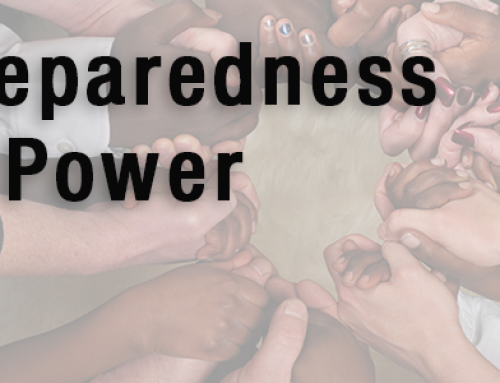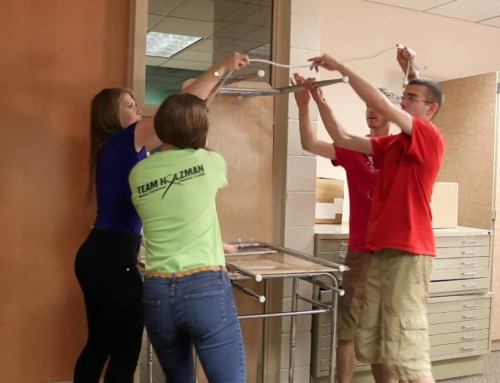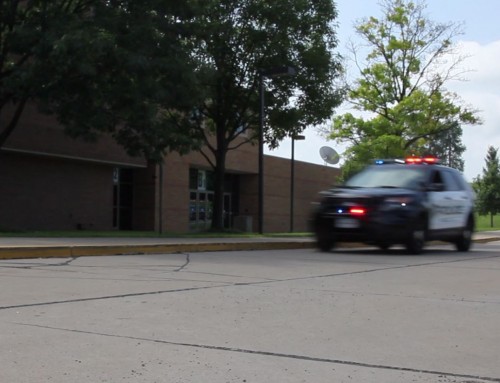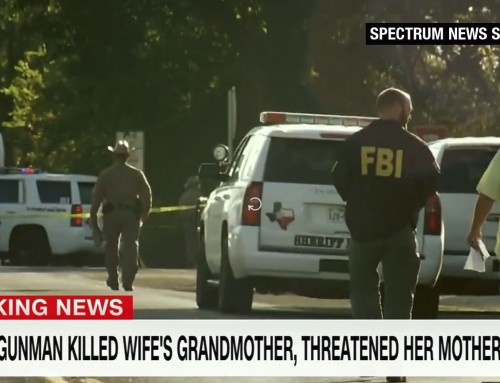ALICE Training criticism has resulted in some large-scale misconceptions spread throughout the internet and media.
Recent articles and posts have made broad claims about school security’s effectiveness and the impact it has on students. As a result, a great deal of confusion and false conclusions have occured. Ultimately, this ALICE controversy begs the question: Does ALICE Training work in schools?
Our experts have taken time to examine ALICE Training criticism and clear up some of the most popular misunderstandings. Below, we address these claims and provide factual information to paint a more accurate picture about school safety.
Misconception 1: The “School Security Industry” is ineffective.
According to this allegation, the “school security industry” consists of infrastructure, device companies and products, armed security, school resource officer policies and training programs. However, each of these programs is designed for different outcomes and addresses different school security issues. As a result, their effectiveness should be evaluated separately. It’s important to note that not all school security measures are created equal and each offers a different promise.
Rather than gauging these programs’ success as a whole, keep in mind what ALICE Training is really about. ALICE is a training program that empower individuals to use proactive response options when confronted with violence. Unlike some of the aforementioned programs, ALICE does not prevent violence. Instead, it is a survival method students and faculty can apply if they’re confronted with life-threatening scenarios. The purpose of ALICE is to prepare and empower.
Misconception 2: Because school violence can’t be prevented, school security measures are an endless investment.
According to The Washington Post, “No amount of investment in security can guarantee a school’s protection from gun violence.” This is partially correct – no training program, security device, or infrastructure improvement can guarantee complete safety and violence prevention. However, just because prevention is not guaranteed does not mean that security enhancing measures aren’t worth it.
As with any investment, it’s fair to question the effectiveness of specific security measures before a large monetary investment is made. Schools using public funds for security must responsibly assess how they spend it. And when they do this, they must remember that safety is an ongoing process. Successful ALICE implementation requires repeated training to be effective.
One key factor many negative ALICE Training reviews overlook is that ALICE does not endorse specific security device purchases. Each device, technology, and product has limitations. Investing in training individuals on how to respond when confronted with violence is a much more effective way to increase chances of survival.
Misconception 3: There is no evidence that ALICE Training makes schools safer.
In the past, ALICE Training has been used successfully over a dozen times to confront violence in and outside of schools. With ALICE strategies at work, the outcomes have proven to be very beneficial in schools across the nation.
ALICE training has been repeatedly used to empower individuals to participate in their own survival and has helped save lives. The insurance industry sees the same benefit of investment. In 2018, ALICE Training was recommended by AM Best and was awarded expert status. ALICE active shooter response training is the only active shooter response training on the list which speaks to a larger breadth of safety.
Misconception 4: Students are not capable of participating in all ALICE survival strategies.
It’s true that ALICE is age and ability appropriate training. Its counter strategy is what most critics attack when they provide ALICE Training criticism. These misconceptions are the result of a lack of understanding behind what’s considered a “counter.”
When it comes to ALICE Training, a counter is known as distraction and control measures to be used as a last resort and only if you’re in immediate contact with the attacker. Counter strategies rely on strength in numbers to take back control of the situation from an attacker.
Despite what ALICE controversy might suggest, a counter strategy is not fighting. Additionally, control or “swarm” strategies are not taught to young children. Age appropriate training means that the training is customized to be appropriate for each age and ability level. Students and young children can react appropriately during frightening events switching quickly from passive victim to proactive. This is achieved through training, and training consistently throughout each stage of growth.
Additionally, ALICE Training criticism suggests that students cannot counter a gunman. In some instances, they have no other choice and do indeed counter the perpetrator. Students are capable of countering and can do what is necessary to survive.
Misconception 5: There is a general lack of understanding of the realities of active shooter events in schools.
ALICE Training is based on research and analysis of actual active shooter events and therefore deals in actual realities, not hypotheticals. The following data is used in building ALICE strategies and applications of the training:
- According to the FBI, 8 of the 50 active shooter incidents in 2016-2017 were ended by citizens:
- The National Sheriff’s Association concluded the average police response time is 18 minutes.
- Throughout 2017, 50% of attacks ended in less than 5 minutes, according to the United States Secret Service.
- The Washington Post reported the average school shooter is 16 years old.
- Between the years of 2000 and 2013, 24 school shooting incidents occurred. According to an FBI study, 20 of the shooters were school aged.
ALICE Training will continue to rise above these misconceptions and remains committed to our mission of increasing the chances of survival by empowering individuals with proactive response options. To learn more about ALICE Training and how to be prepared, contact our team members today!






